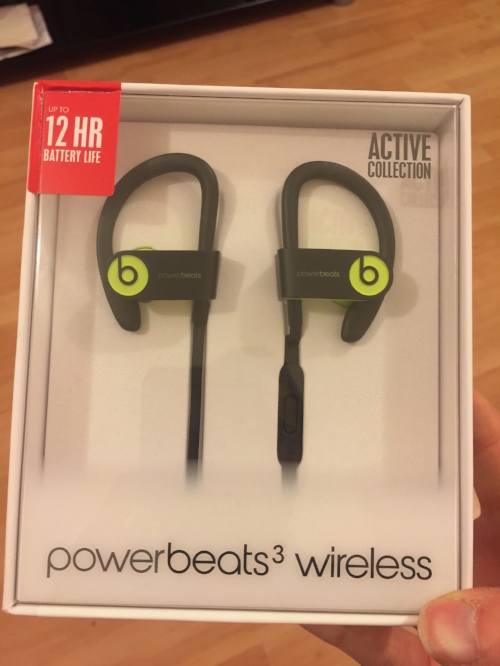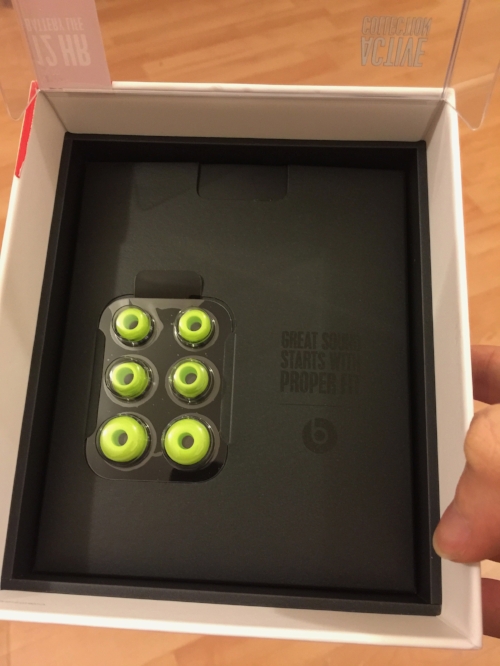So I’ve had the iPhone X for around a week now. I wanted a new phone, but I was actually planning on getting the iPhone 8 Plus. Without going into too much detail I didn’t think the iPhone X held significant benefits over the 8 Plus and the 8 is a tried and tested design.
So why did I get the iPhone X? Well, actually, it was because someone I know reserved multiple devices at a local Apple Store and wanted to know if I’d like one of them. So I thought why not!
I ended up with the iPhone X (256GB) Silver model.
The following is my assessment of the device after only a week of use.
Design
The first impressions I had was wow! My prior phone was a iPhone 6 Plus. I’d always found the phone to not be very grippy. The iPhone X is narrower, in fact it has a similar footprint to the iPhone 7. Its better for gripping and there is additional weight to the device which makes it fit and sit more comfortably in the hand. In all, its much more aesthetic from usability perspective.
On the negative side is the glass body and the potentially huge repair cost if dropped. As a result I put the device in an Otterbox Signature Case from the Apple Store and complimented it with a Belkin Invisiglass Film. There are thinner cases, but I wanted good protection. As such, with this case, my iPhone X is the same footprint as the iPhone 8 Plus now. The grip is phenomenal with the case on, and I don’t feel like my device is fragile anymore.
The edge to edge screen is very nice, I certainly don’t miss the ‘chins’ on the old iPhone design in every day use. Do I miss the button? No, not really. In fact after just a week of use I have found myself staring at my iPad waiting for it to just unlock, forgetting I need to put my finger on the button. Sure, Face ID could be improved, but I see this method of unlocking being the way forward for sure.
User Interface
Due to the removal of the home button, there have been changes in the UI for navigating. The tap of the home button to go, well, home has been removed. Now you swipe up from the bottom to get home. This used to invoke the control centre.
From a usability perspective, swiping up is very quick and intuitive. What is does mean is your control centre gesture has now changed to a swipe down from the top right corner. In one handed use this is not a good location for it, especially for left handers.
The widget and spotlight gestures are the same so no comments there.
ApplePay is now invoked by a double tap to the power button and a glance of your face to authenticate. My personal opinion is that its way less user friendly than pulling the device out of your pocket with your finger on the button and paying that way. There is a greater physical interaction required now. Its not a show stopper, just something to be aware of.
Closing applications has been made painful. When you get to the app switcher you are no longer able to just swipe up to close an app. You need to press and old on one of the apps to invoke ‘close mode’ then you can swipe up to close the apps.
Rearranging apps is as easy to do, but getting out of ‘wiggle mode’ isn’t. You now need to hit a ‘done’ button in the top right corner.
Face ID
One of the most contentious technologies in the iPhone X is Face ID. Humans are always resistant to change, and this is a big change. It is also the first generation of the technology and it isn’t without its flaws.
In everyday normal use where I am holding the device to look at it, the unlocks are flawless. I’d say its slower authentication than Touch ID in its current state, however, that time is reduced as there is no need to manipulate the device to get your thumb down to the sensor. So in all, its slightly quicker in my opinion.
I’ve had authentication fail in a number of situations, and its repeatable. If the phone is on a table and I am looking at it, the angle and proximity is pretty important and it tends to fail on me. Similarly, when I am lying in bed, even looking directly at the device it seems to fail. I don’t know why, but I think it maybe something to do with my head sunk into the pillow and this is interfering with its 3D scan of my features. I’ve heard this reported on various podcasts.
The settings can be changed to reduce the security of Face ID so you don’t have to be looking squarely into the device. I have yet to test this.
I do love the way that my notifications appear as I look at the device – its pretty smart!
Battery Life
So far, I have found the battery life to be awesome. Using the phone from 7am – 7pm I usually have 50% left. Apparently the device has fast charge. I use the Anker 6 Port USB Hub, I don’t notice it charging any faster that any other iPhone I have.
I’ve yet to test wireless charging, and I’m going to wait for the official Apple wireless charger that also charges AirPods and the Apple Watch at the same time.
Potential Issues
Having had a scout of the various forums, I have seen a number of issues that appear to be cropping up on the device. How widespread these issue are is not really known at this point in time.
The first is a green line that appears vertically on the screen. This issue has also been seen on Samsung phones and is likely an OLED issue. This issue isn’t apparent from day one and is randomly appearing on devices. It is device independent, in other words there is no certain model that seems to be affected.
Cracking speakers is also being readily reported and I believe mine suffers from this issue. When putting things on speaker phone I think that cracking/distortion is coming from the ear piece speaker. The bottom spears appear to be clear. This maybe solvable by a firmware update.
There is also reports of the display becoming unresponsive in cold weather. Apple has acknowledged this one and it will be a software fix.
Conclusion
In all, I’m happy with the device so far. I also thing I’d have been very happy with the 8 Plus. The UI has changed a little but is very quick to adapt to. Face ID is also pretty solid. Combine that with an awesome screen and great battery life and the iPhone X is a good buy. However, If you are wondering which (8 or X) you should buy, there is very little in it in my opinion. However, one driving factor for me is the inconsistency in features across Apple devices. I want to move to wear this is going to in the future so that all my new devices are using Face ID. The rumour is already starting that iPads will be next and I can see macs also getting this tech. I don’t want my devices to be split between Touch ID and Face ID. I keep my devices for a good few years so this was a push to the future for me.
Have you got an iPhone X? What do you think to it? Let me know in the comments below or on the Apple Resource Facebook page or Twitter.

















